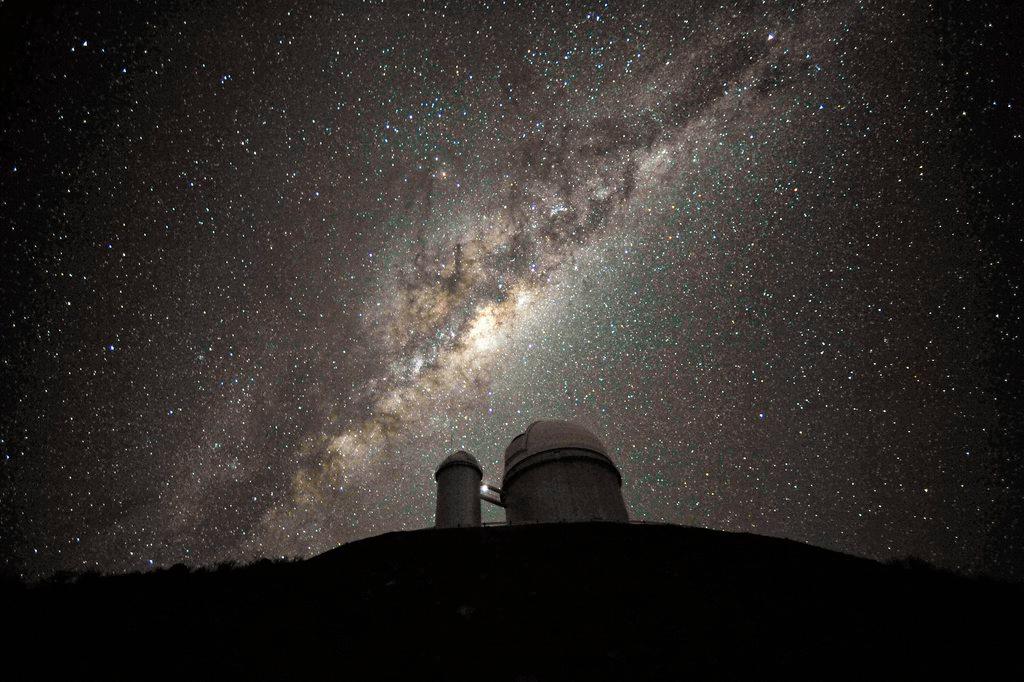TRAPPIST-1: a ‘paradigm shift’ in search for ET life

A new solar system with seven planets – three of which could support life – is a “monumental” find, according to the Swiss astrophysicist who co-discovered the first exoplanet 22 years ago.
On Wednesday, an international team of researchers announced in the journal NatureExternal link the discovery of TRAPPIST-1: a mini-solar system containing a dwarf star orbited by seven Earth-sized exoplanets.
“This is a monumental discovery – as important, I think, as that of the first exoplanet. It marks a paradigm shift in the quest for extra-terrestrial life,” study co-author Didier Queloz of the University of Cambridge told swissinfo.ch on Thursday.
And he would know: Queloz co-discovered the very first exoplanet in 1995 at the University of Geneva Observatory with colleague Michel Mayor.
Astronomers Find Extrasolar System With Six Earth-Like Planets, Maybe Seven: https://t.co/PxGsrsRe2RExternal link via @thewire_inExternal link
— Didier Queloz (@DidierQueloz) 22 février 2017External link
Some 39 light-years away from the Earth, the TRAPPIST-1 system contains seven small planets, which rapidly and closely orbit a cool, dim dwarf star. Queloz, who has worked on the project since the beginning with Belgian co-author Michael Gillon, says that it is precisely this small size and low luminosity of the star that has permitted the detection of these new worlds.
“It is only with stars that are relatively dim and cold that we would have a chance of observing the atmosphere of planets that pass in front of it,” he explains.
Without being dazzled by the system’s central star, the researchers have been able to ascertain that three of the planets exhibit temperatures that could allow water to exist in the liquid state – an ideal environment for the complex molecules that form the basis of living matter.
Queloz says more detailed observations will have to wait until next year, however, for the arrival of a more powerful telescope – the Hubble’s successor.
“We will soon have a magnificent tool at our disposal, the James Webb Space Telescope, and it would have been extremely frustrating to launch such an instrument without knowing where to point it to study the atmospheres of these exoplanets, and eventually find traces of life there. But with the TRAPPIST-1 system, it already has a first target.”
The discovery is the result of a five-year joint project between NASA, and astrophysicists at the University of Leige in Belgium and University of Cambridge in the UK. It is the Belgians who named the new system – primarily after one of their telescopes, but also for the famous beer brewed by Trappist monks.
Translated from French by Celia Luterbacher

In compliance with the JTI standards
More: SWI swissinfo.ch certified by the Journalism Trust Initiative










You can find an overview of ongoing debates with our journalists here . Please join us!
If you want to start a conversation about a topic raised in this article or want to report factual errors, email us at english@swissinfo.ch.